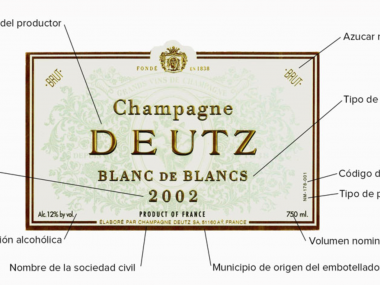For many people, Bordeaux is synonymous with good wine, because of the great examples we are used to receive from this region. Here we solve the most common doubts and explain everything you need to know about this French wine jewel.
Bordeaux, in French Bordeaux, which comes from Au bord de l’eau (at the water’s edge). Bordeaux is the most important wine-growing region in France with a huge vineyard covering some 115,000 hectares and approximately 14,000 wine producers. Bordeaux is the largest fine wine producing district in the world.
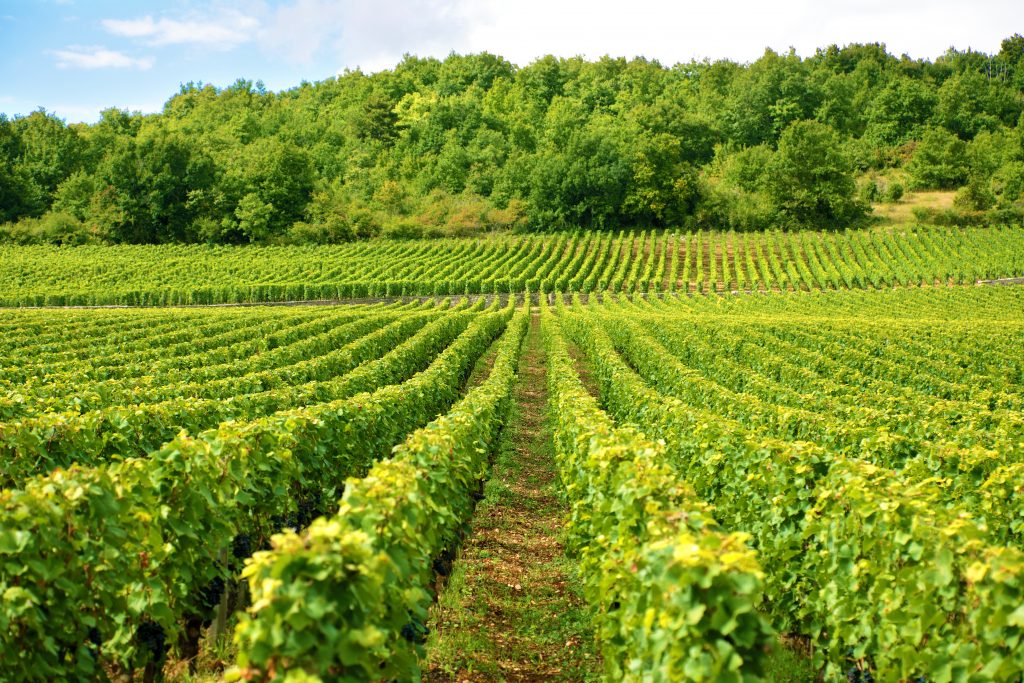
The entire department of Gironde is devoted to viticulture, and all its wine belongs to the Bordeaux appellation. Its production (6 million hectolitres per year) dwarfs all other regions in France, except for the extensive Languedoc Roussillon.
Nowadays, the production of red wines exceeds the production of white wines by a ratio of eight to one. The white wines range from light and dry in Blaye, Entre-Deux-Mers or the best Graves, to richer and more liquorous wines, such as Sauternes or Sainte-Croix-du-Mont.
The areas of great red wines are the Médoc, Graves, Pessac-Léognan (just south of the city of Bordeaux, on the south bank of the Garonne), and Saint-Émilion and Pomerol, on the north bank of the Dordogne.
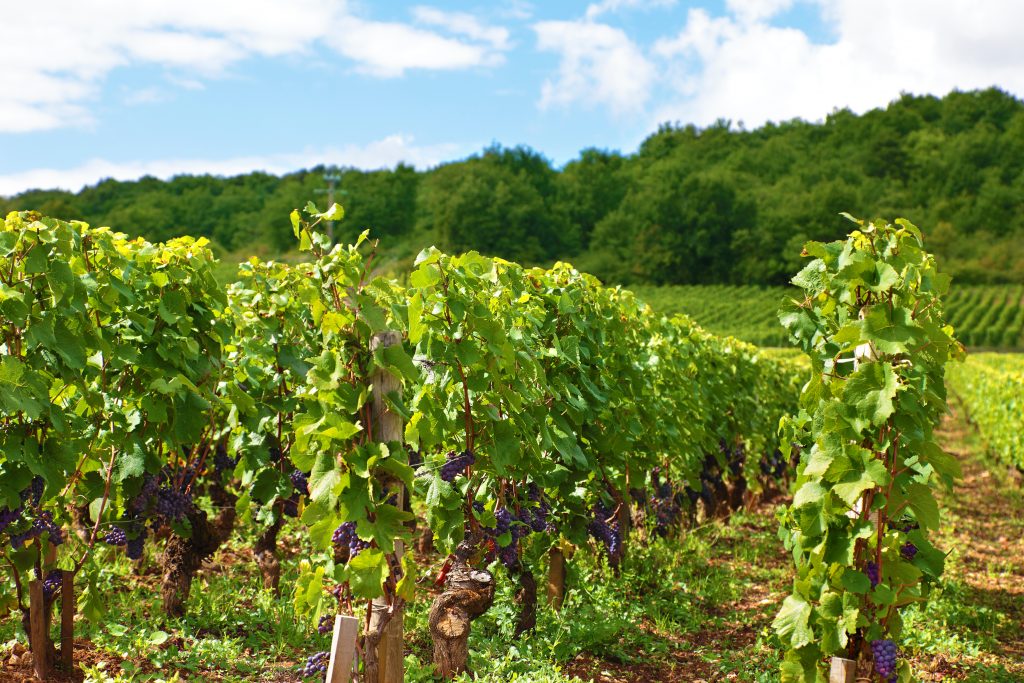
However, not all Bordeaux wines are excellent. Although the region is too vast, the most favoured areas may be able to produce some of the best wines in the world and command very high prices.
In the less prestigious areas, there are thousands of winegrowers without the incentive, the will or the physical capacity to produce interesting wines. Bordeaux’s marginal climate makes red wines seem insignificant in some years compared to the cabernets that ripen so easily in much of the New World.
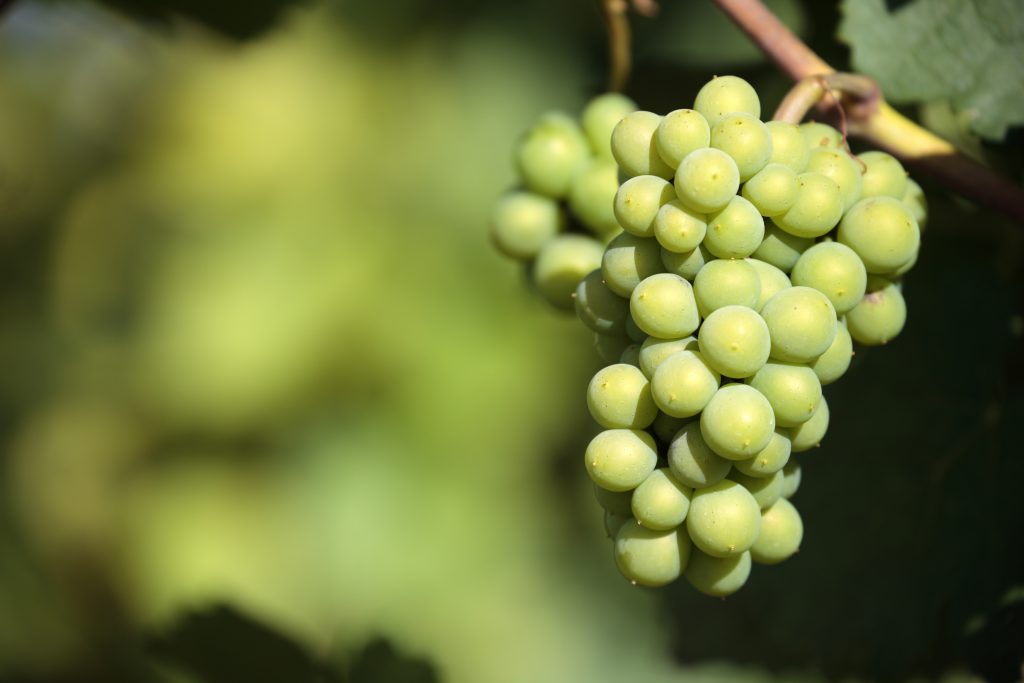
What is Bordeaux like geographically?
There are two main rivers, the Garonne, which rises in the Spanish Pyrenees, and the Dordogne, which flows into the Gironde estuary and divides the region into three sectors:
The area on the left bank of the Garonne estuary, which flows into the left bank of the Gironde estuary: Médoc, Graves, Sauternes and Barsac.
The area between the right bank of the Garonne and the left bank of the Dordogne: Entre-Deux-Mers.
The area on the right bank of the Dordogne: Saint-Émilion, Pomerol, Fronsac, Bourg and Blaye.
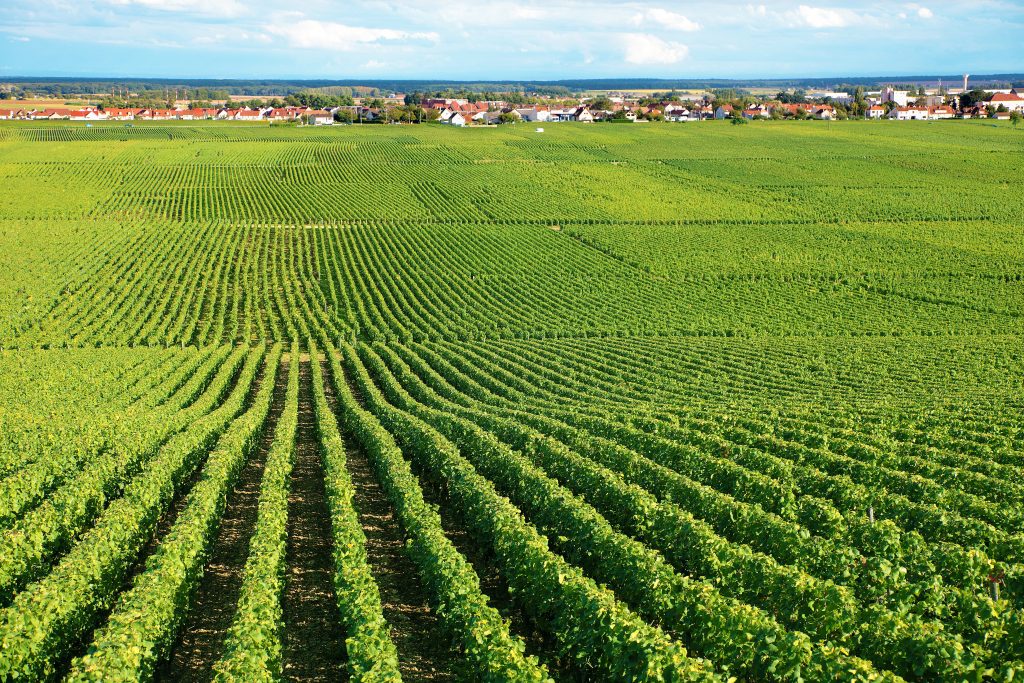
What is the climate like in Bordeaux?
The Bordeaux region has some indisputable climatic advantages. Its proximity to the sea and to the courses of its various rivers gives it a moderate and stable climate, with few frosts so severe as to kill the vines in winter or damage the buds in spring.
The largest forest in Europe, on the oceanic side and in the Landes department (in the south), protects the region from strong winds and moderates rainfall. On the other hand, summers and especially autumns are generally warm and sunny.
Temperatures and average rainfall are somewhat higher than in Burgundy, which means that Bordeaux can successfully grow later ripening varieties such as Merlot, Cabernet Sauvignon, Cabernet Franc and Petit Verdot. Sémillon and, to a greater extent, Sauvignon Blanc are the main white varieties.
Since both white grapes flower at different times of the year, it can be interesting for the winegrower to grow them in order to compensate for those years when the weather is bad.
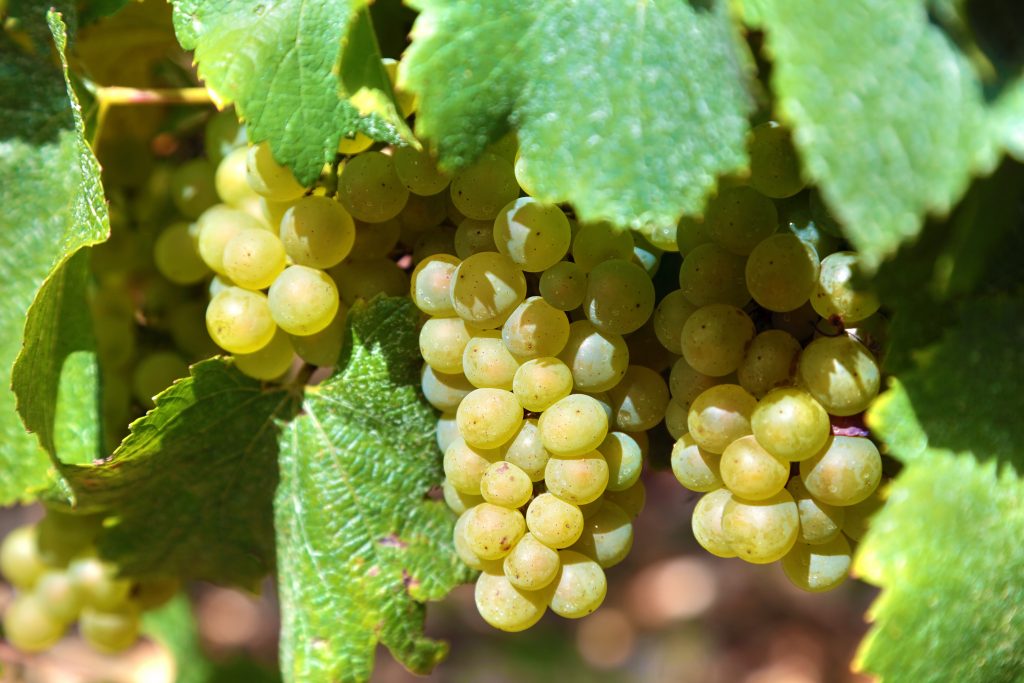
What about terroir in Bordeaux?
The soils in Bordeaux have developed on Tertiary or Quaternary deposits. The latter have given way to clay or limestone soils, made up of alluvial sandy gravels, deposited on mounds formed by melting glaciers from the central mountains and the Pyrenees millions of years ago.
These gravels, still exposed on the surface, are most present in the Graves region (hence the name), in Sauternes and in the Médoc.
Old vines and deep gravel prove to be the perfect combination in some parts of the Médoc (Margaux, for example), but, in Pomerol, the vines seem to be perfectly capable of producing a great wine with roots reaching at most 1.5 metres deep. It seems that the decisive factor is the regulation of the water supply and not so much the depth of the roots.
The relationship between the Bordeaux soil and the quality of the wine is surprising. The best vineyards clearly excel in mediocre vintages and are able to maintain consistent quality. Others, apparently similar and close, produce wines marked by the deficiency of the vintage.
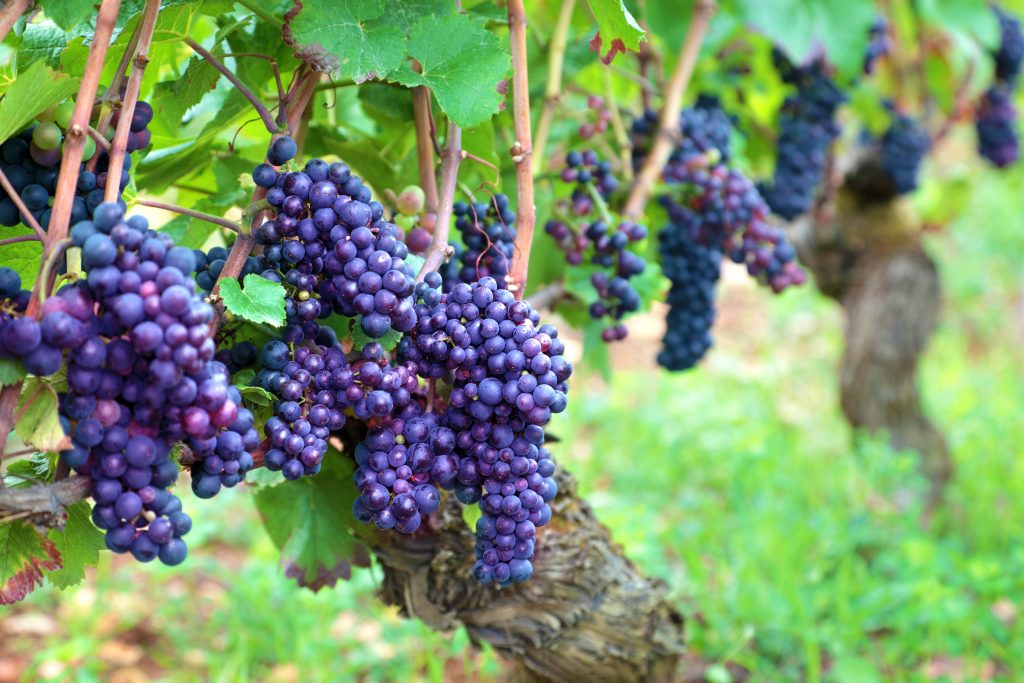
How does the Bordeaux appellation system work?
The appellation d’origine contrôlée system in Bordeaux is different and simpler than in Burgundy. Below we can see the classification system in hierarchical order:
- AOC Bordeaux and Bordeaux Supérieur encompasses red, claret, white and rosé wines, which can come from terroirs that are not entitled to a specific appellation, such as certain regions of the Libourne, but can also come from the Côtes or from sectors that only have a white wine appellation such as Entre-Deux-Mers, i.e. wines under this AOC can come from vineyards located high on the slopes or on plain soils, which lack any undulation. Wines can be produced under this AOC in the whole of the Gironde department, with the exception of the part occupied by the Landes. With this AOC there are wines produced in more than 1,000 châteaux.
- Regional AOCs include the red and white wines of the highest category, where the labels clearly show the region of origin: Médoc, Graves, Entre-Deux-Mers, Blaye, etc.
- Sub-regional AOC for red wines produced in the Haut-Médoc region from vineyards belonging to this AOC.
- Communal AOCs are for red and white wines, which clearly bear the name of the commune where the AOC wines are produced. These are the famous wines of Margaux, Moulis, Saint-Julien, Saint-Estèphe, Pessac-Léognan, etc.
- AOC Crus is a specific mention that designates those châteaux with vineyards classified Cru Artisan, Cru Burgeois and Grand Cru Classé.
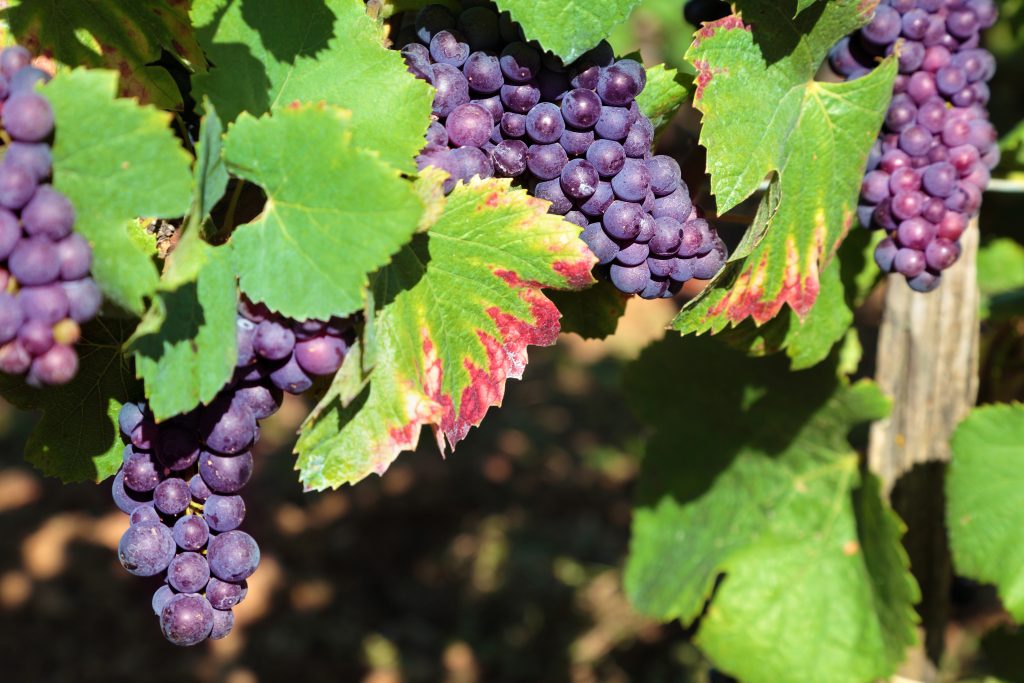
What is the 1855 classification based on?
In 1855, the official classification of Bordeaux wines was born, studying the soils with the greatest potential and awarding the châteaux of the Médoc (and Château Haut Brion in Graves) first, second, third, fourth and fifth crus, according to the soils of the highest quality.
Today, the system is still in force, although it is totally outdated, as at that time the owner was careful with his vineyard, whereas today he is negligent. Moreover, in the vast majority of cases, land has been added or exchanged, or the vineyard is not exactly the same.
Rarely do the vineyards of a château surround the building, and more often they are scattered and intermingled with those of neighbours. Interestingly, a premier cru can be twice the price of a deuxième cru, but from there a cinquième cru can fetch a higher price than a deuxième cru for example.
On the other hand, one of the most remarkable developments at the end of the 20th century was the emergence, particularly on the right bank, of micro-cuvées, i.e. garage wines in which only a few hundred cases a year are produced, such as Le Pin in Pomerol and Valandraud in Saint-Émilion.


